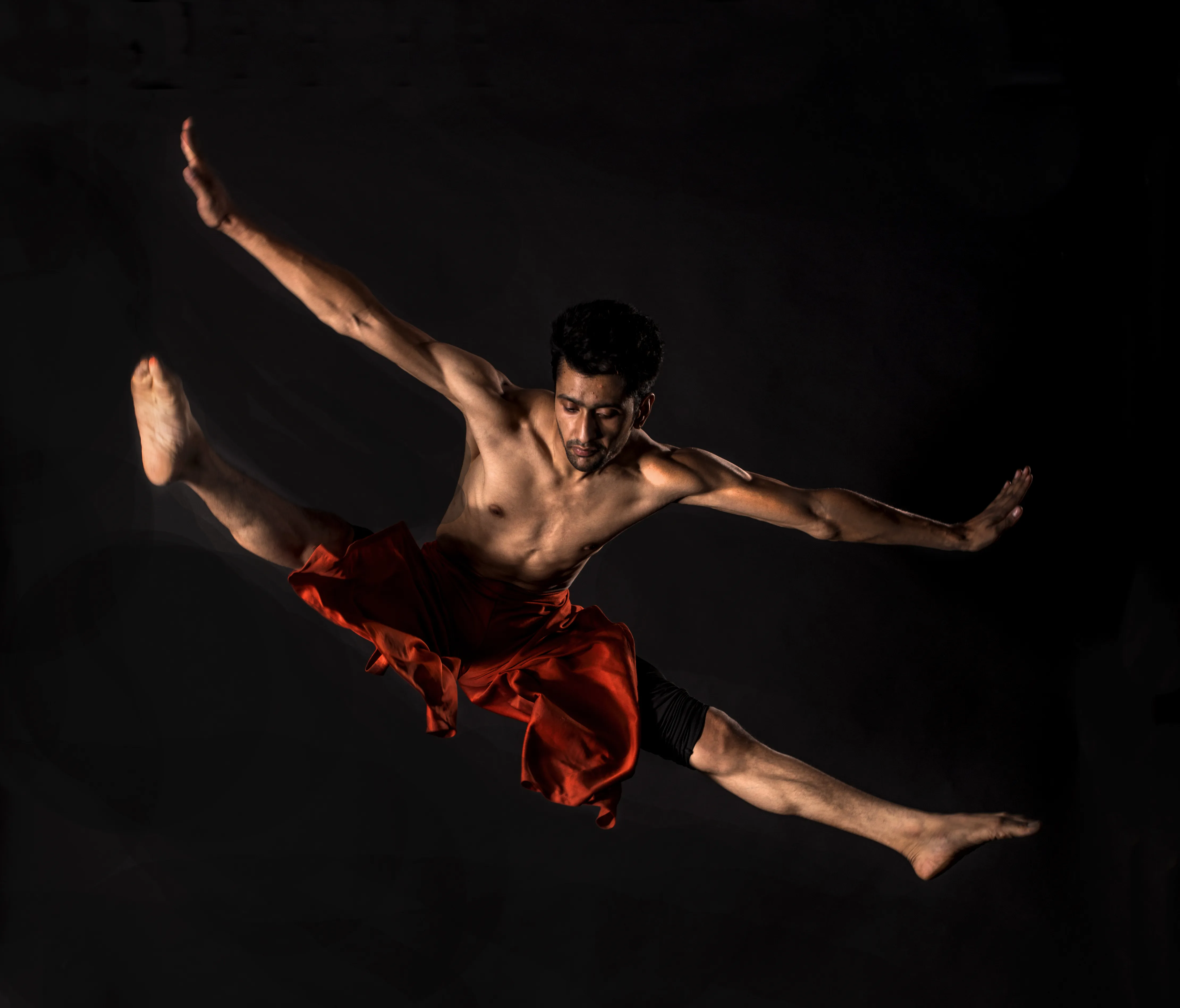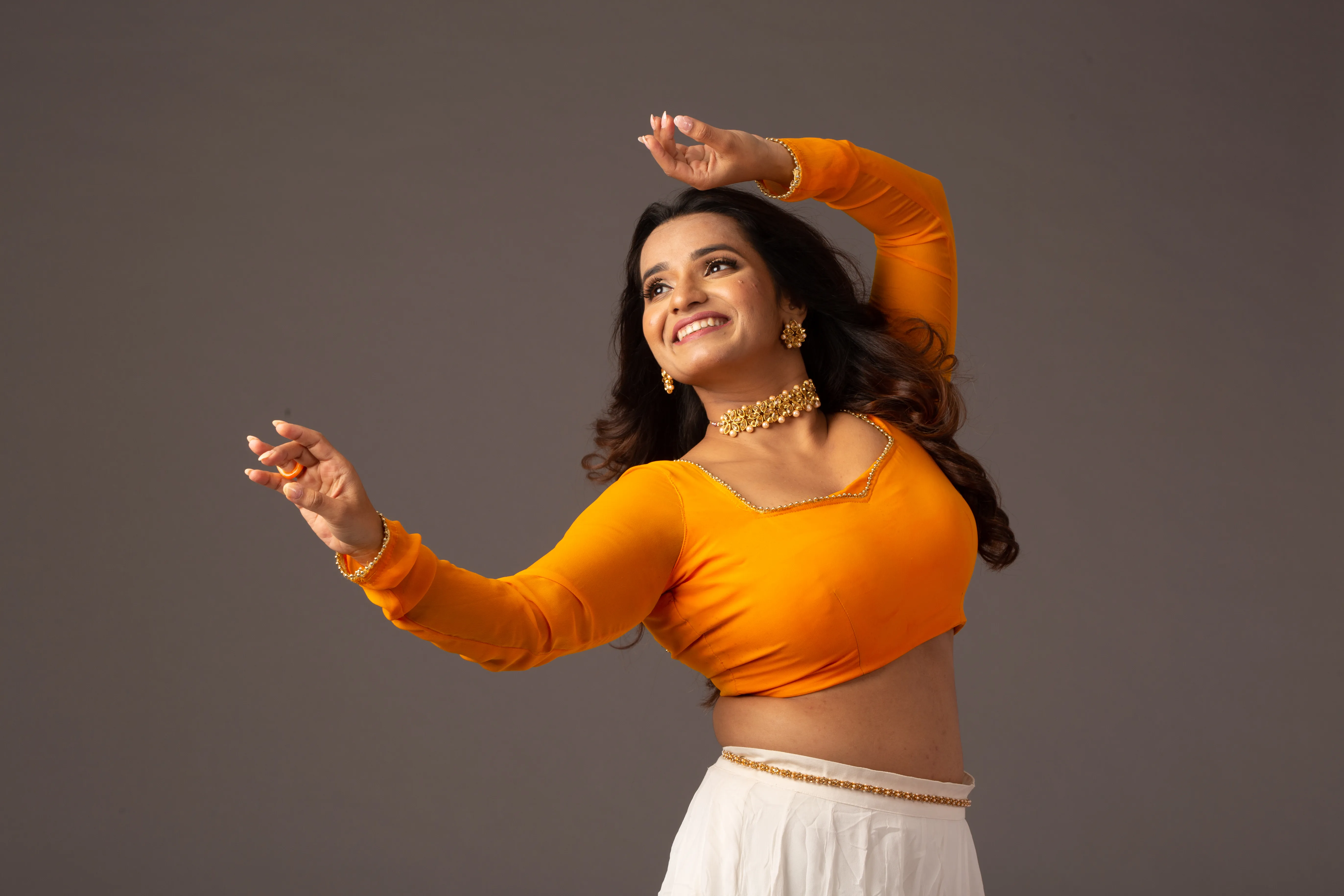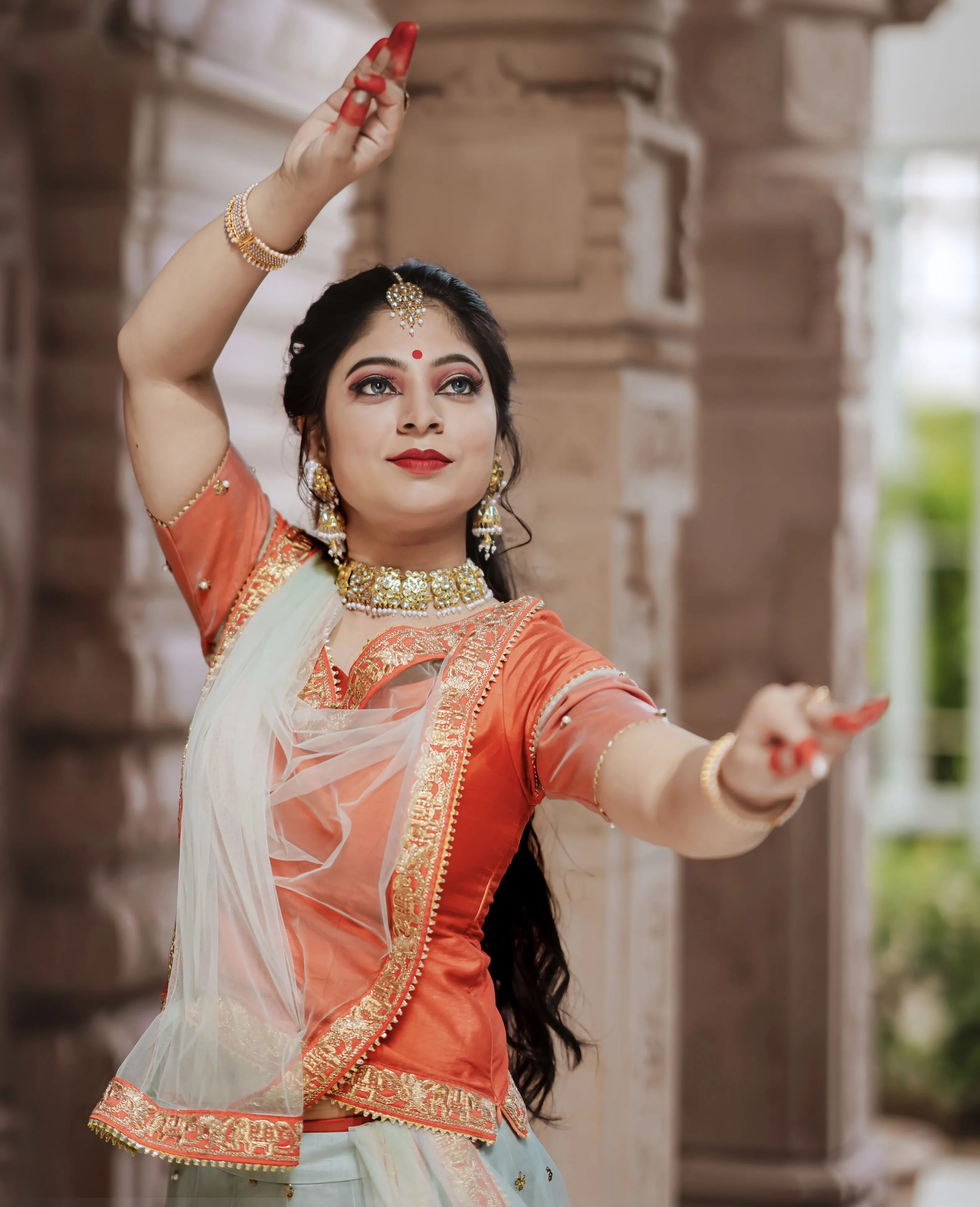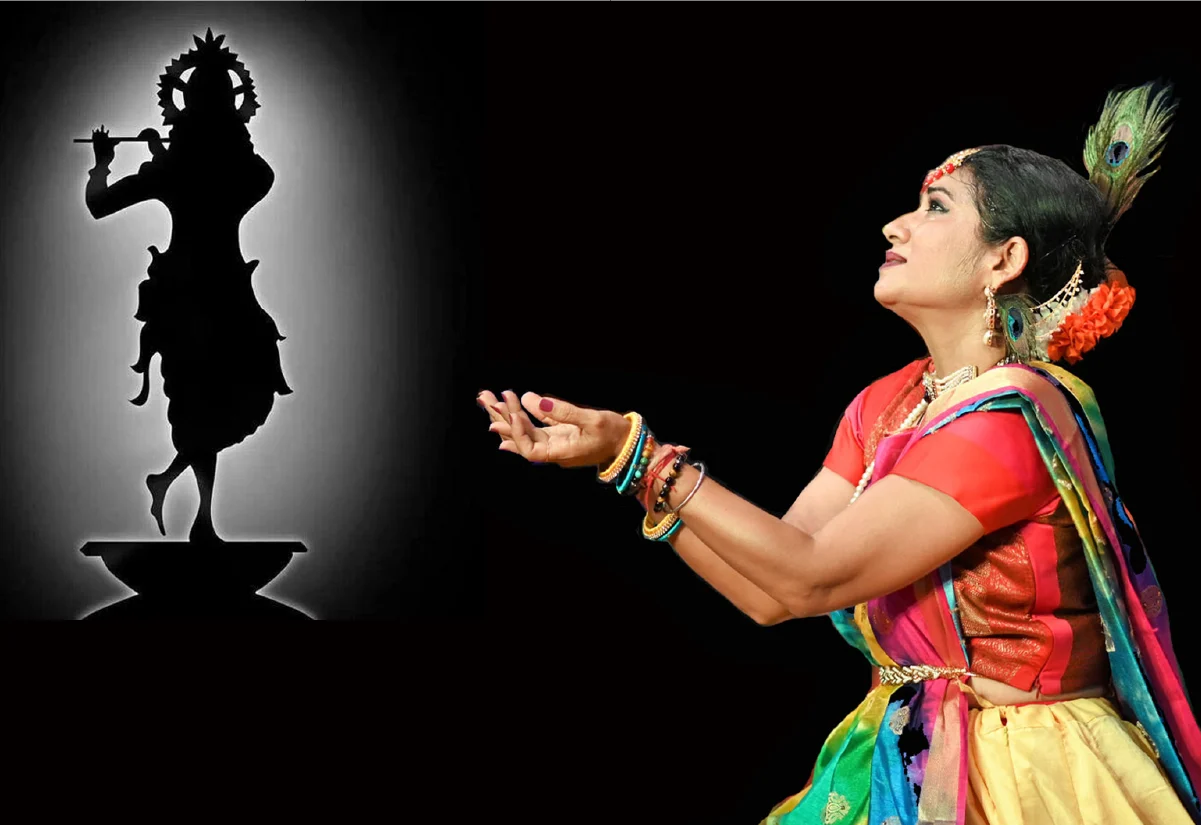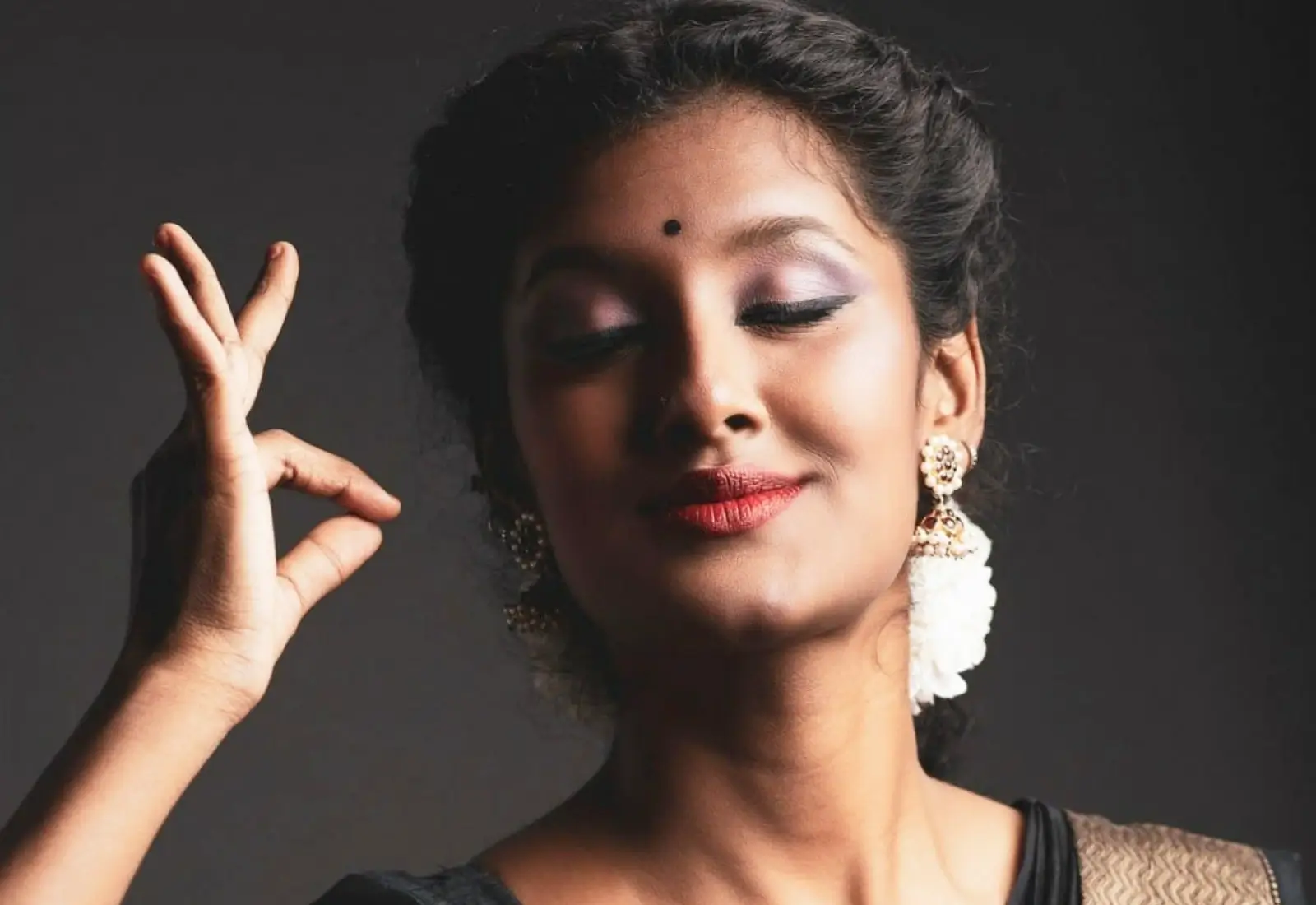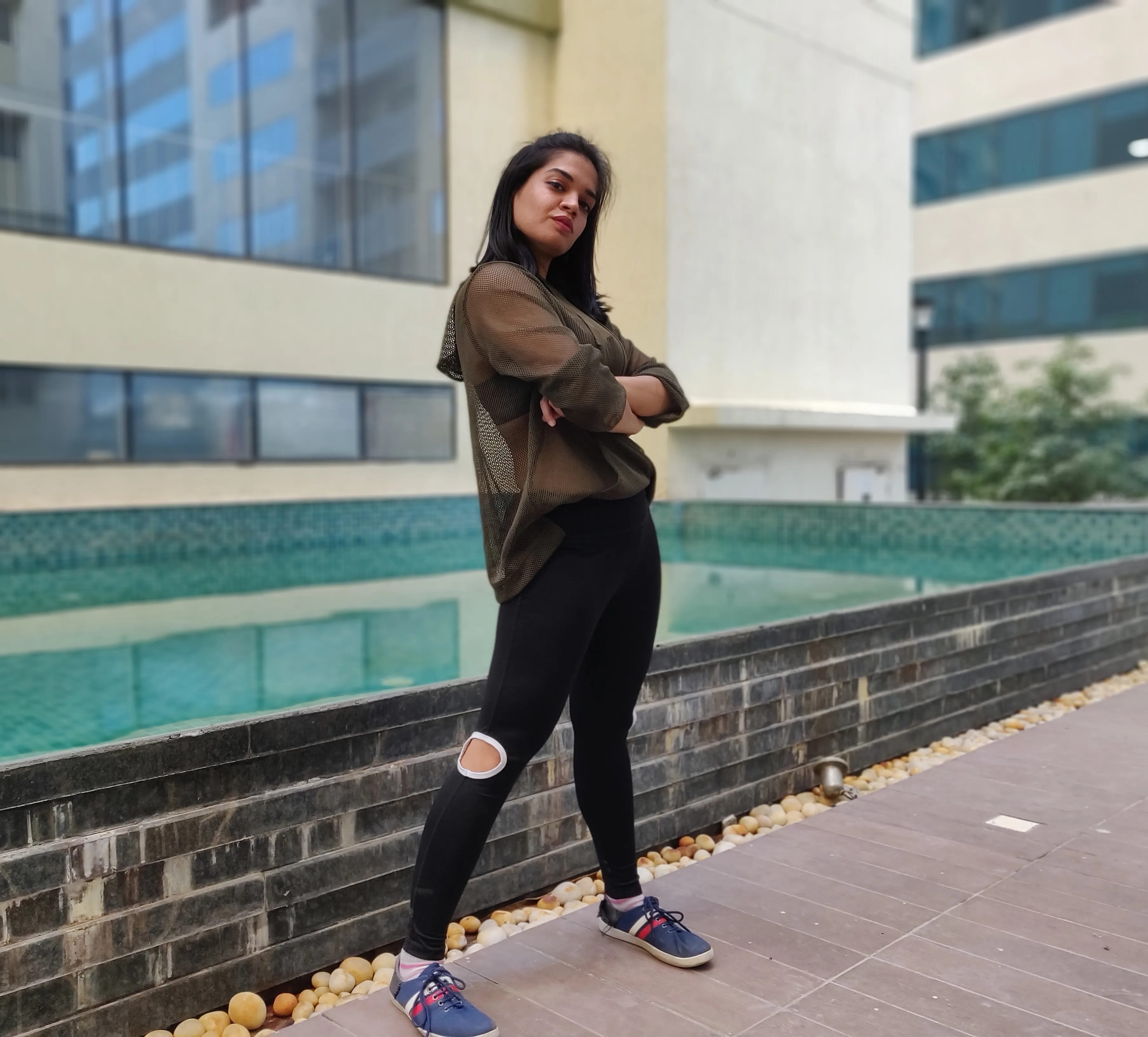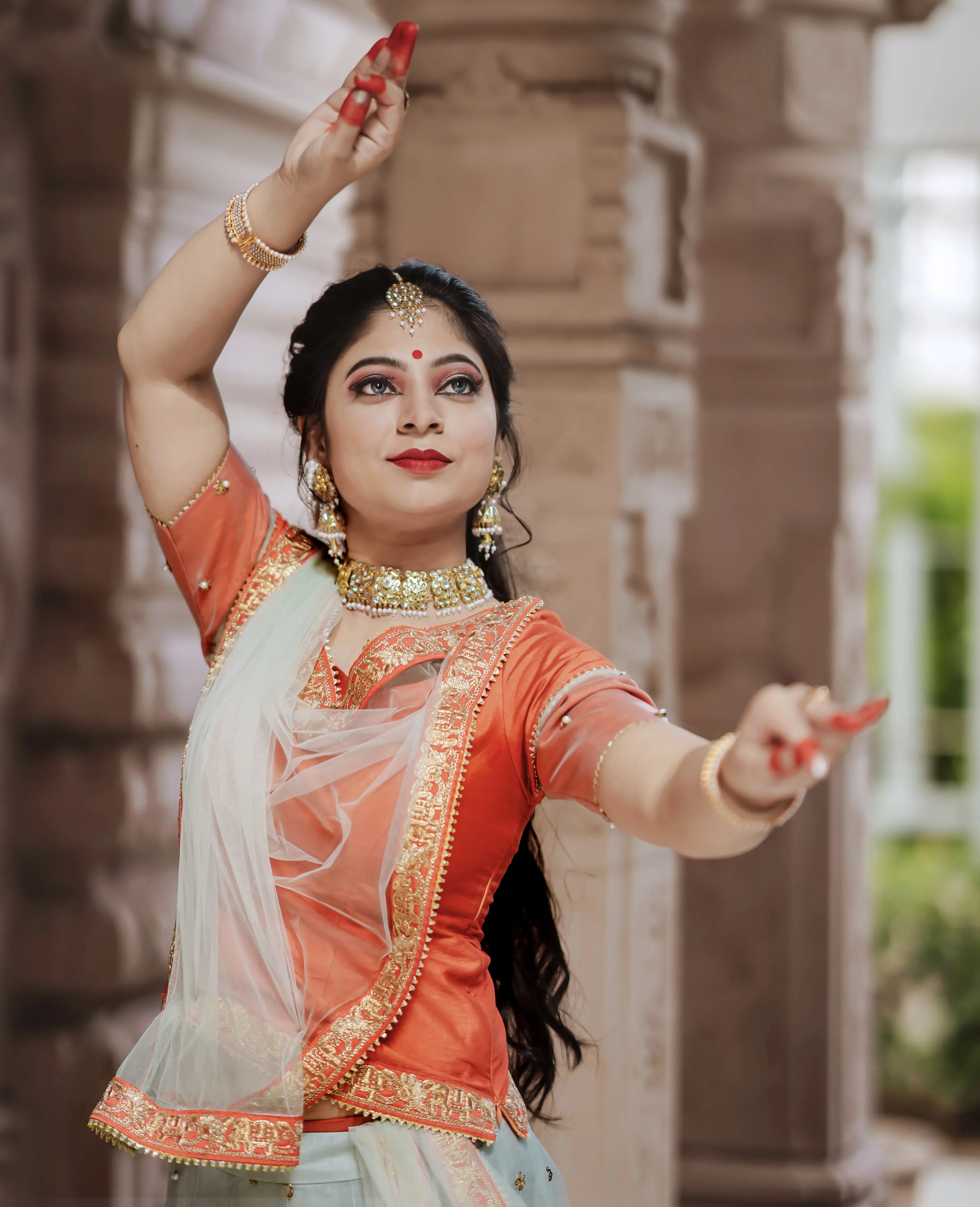How to learn dance at home: A step by step guide
Dance enables you to find yourself and lose yourself simultaneously! Dance is a skill that not only rejuvenates you from within, but it is also an excellent physical workout. Learning how to dance can also help you build focus, improve your memory, and help you destress yourself.
And the best part is that anybody can learn to dance at home. If you are struggling with the ‘How’ part, stay tuned till we make it to the end of this blog.
How to Learn to Dance at Home
Want to improve your dance moves? Follow these tips to learn to dance at home:
1. Discover your Style
2. Gather your Resources
3. Fix a Routine
4. Create a Dance Space
5. Do not miss Warm Up
6. Practise with adequate intervals
7. Find a Teacher
1. Discover your Style
Bhangra, Salsa, Hip-hop, Contemporary, Belly Dance, Zumba, and Bollywood Dance, there is an unending list of dance forms that can be learned at home. There are also traditional dance forms that are so rich in techniques and rules, that it is close to impossible to pick them up without the guidance of an expert. Bharatanatyam, Kathak, Ballet, Jazz, to name some.
So take your time to figure out where your interest lies the best way is to keep trying different styles for some time till you fall upon your type of dance style. Maybe when you try Bhangra or Bollywood, you find the music naturally tempting to give you the dance feel, and if soft music is your type you might tend to pick up Contemporary or Salsa.
2. Gather your Resources
Choose your resources wisely. The internet is flooded with innumerable resources, which means, a decent amount of hard work to find what suits your needs and learning stage. Youtube is the most accessible cost-effective learning resource. Creators worldwide add content on a daily basis there. Interestingly, the first most watched videos on youtube are music, and the second most watched videos are the ‘How to’ tutorials, with again the ‘How to dance’ being commonly watched.
After some time of practicing through free materials on the internet, you can think of finding yourself paid tutorials or face-to-face online dance classes.
3. Fix a Routine
Although you are practicing dance at the convenience of your home, it is always advised to give a lot of time to your practice sessions. Dedication and discipline are the basic values one must inculcate to learn something, be it anything. Fixing a routine and allotting a slot to your practice session is the first step to inculcating these values.
Fitting in time for referring to free tutorials, online dance classes, or practice hours, requires proper optimization of your daily routine. This is important so that you never miss your practice sessions and lose the spark of following your passion.
4. Create a Dance Space
Creating a small space to practice dance at home will not only motivate you to practice dance on a regular basis but will also make you look forward to the practice sessions. You can constantly keep adding your space with minimum essentials to spice up your practice space, like good quality speakers and a full-length mirror (wide if possible).
A full-length mirror will help you observe your body movements, reflect on how they will look to the audience, and will give you an insight into how to improvise your steps. Moreover, you will witness significant changes in your growth on a regular basis. You will get to keep a check on your expressions too!
Another minimal requirement could be decor, like posters of your favorite dancers and powerful quotations. You can always add to this space as per your taste and preference.
5. Do not Miss Warm Up
To maintain the spark, one crucial measure is to avoid injuries. The best way to keep from sprains and muscular pains is to start your practice sessions with warm-ups and even end your session with the same. Through warm-up exercises, the temperature of the body gets elevated, and the joints, muscles, and ligaments become lesser prone to injuries. It prepares the body for an intense physical activity like dancing.
Another way to keep injuries at bay is to keep yourself hydrated throughout the day, (not only during the dance practice sessions). This is essential because, for normal muscle contractions, our body needs water and electrolytes. During any physical activity like dance, our body tends to lose both, thereby increasing the chance of injuries and cramps. Staying hydrated throughout the day reduces this risk.
6. Practice with Adequate Intervals
Be consistent but do not over-exert yourself. Take breaks to rejuvenate yourself between your practice sessions. You can optimize your breaks by watching popular choreographies, dance tutorials, or even reading about your chosen dance form.
For beginners, who are at the starting point of their dance learning journey, it is important that they need first prepare their minds and body for all the technical and physical information. The learning process should be simple and gradual. The beginner’s stage is all about developing coordination and balance. Taking out 6-7 hours a week is ideal for beginners.
Moving through the intermediate to the advanced levels of learning dance demands more hours of practice. If you make it to the pro level, it means that dance has become everything to you, you will not be struggling to take out time for practice, instead, you will be craving more dance practice hours.
7. Find a Dance Teacher
By now you must have developed a substantial interest in your chosen dance form. If you think that, the time has come to transform your hobby into a passion for life, then choosing a teacher should be your next step. No matter how easy your chosen dance style seems to you, there will always be techniques associated with the style that you can learn only from a teacher.
Online dance classes are the most sought-after solution if you are time or geographically bound. Moreover, professional guidance will assess your current skill and physical ability and assign the appropriate amount of practice per day or week for you personally.



